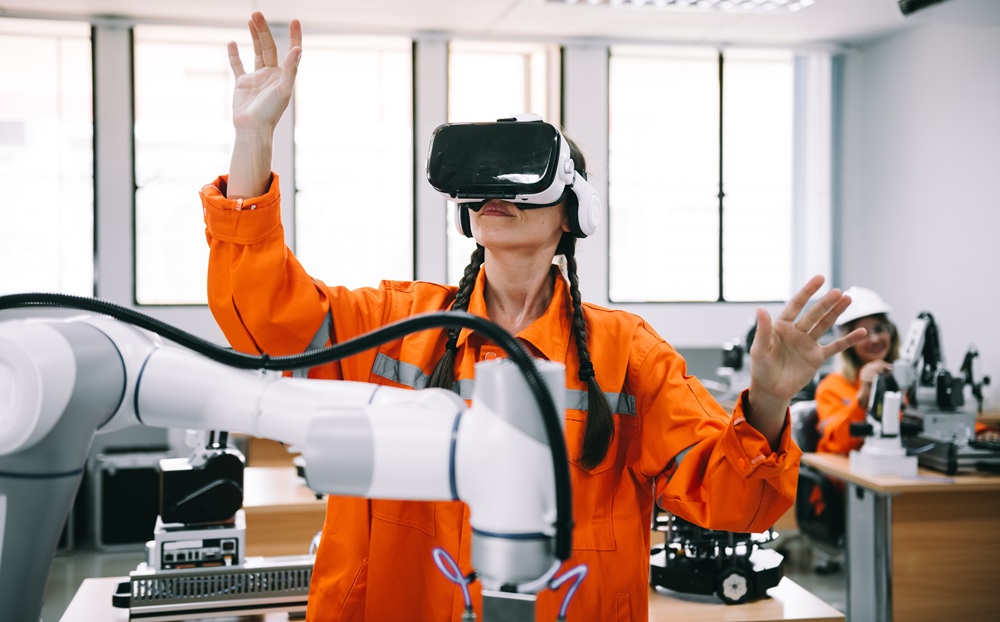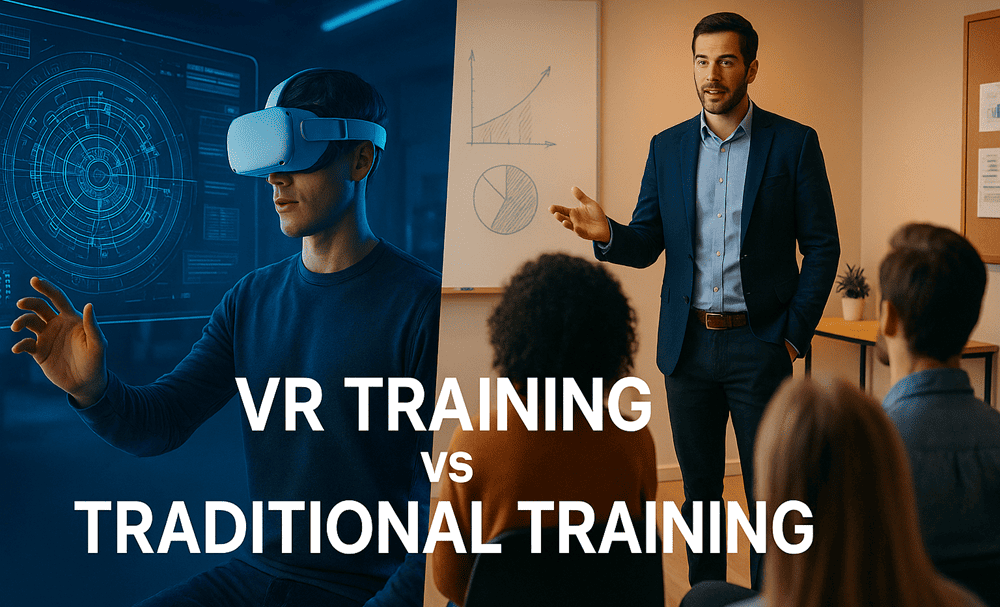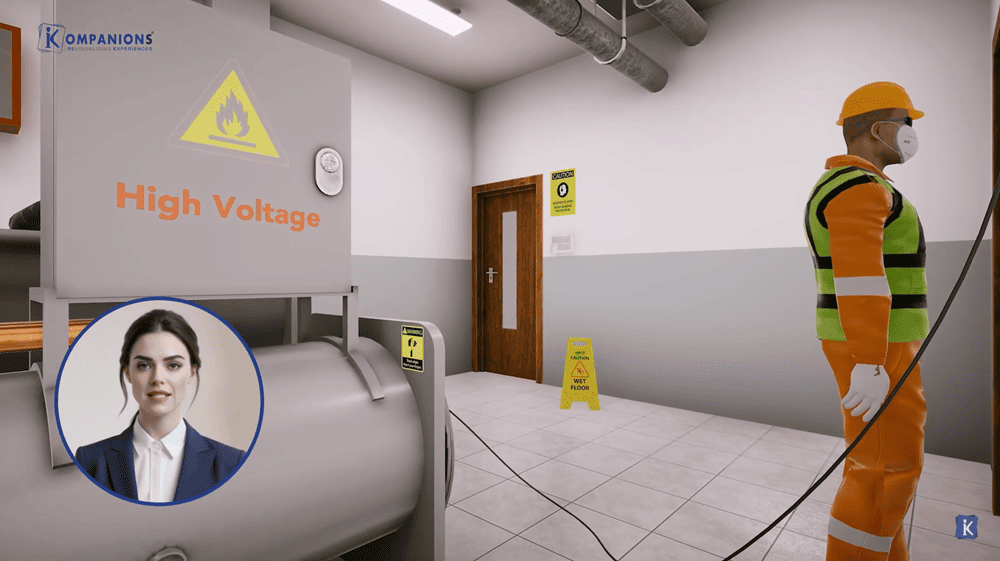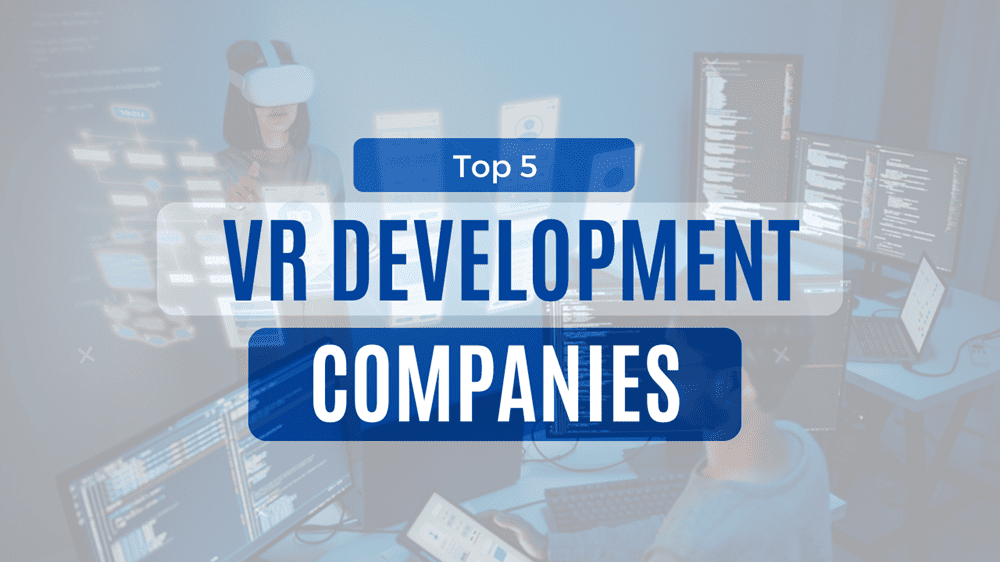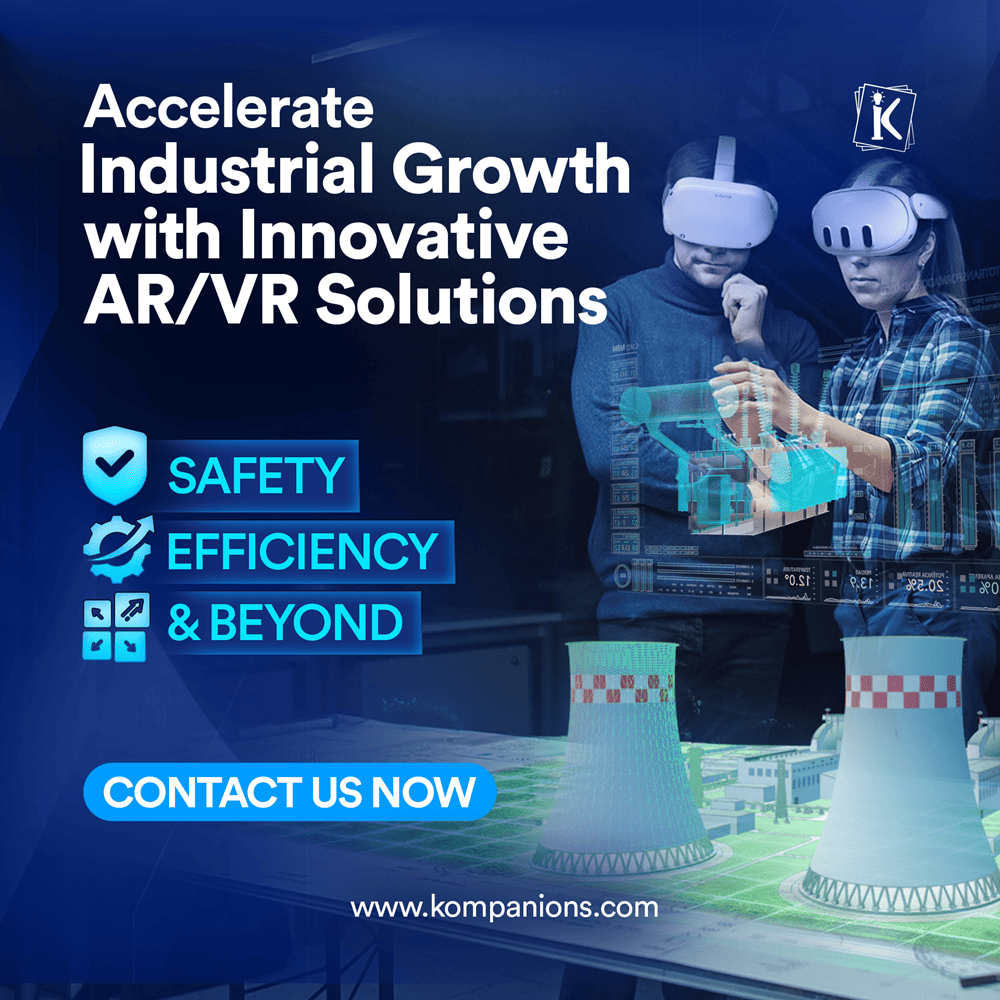Why VR Corporate Training Is the Future of Employee Development
In industries where precision, safety, and adaptability are key, traditional training methods often fall short. Paper manuals, slide decks, and classroom sessions fail to provide the real-world experience employees need before stepping onto the floor. That’s why VR corporate training is rapidly becoming a preferred method for forward-thinking companies who want to prepare their teams with hands-on knowledge, before a single real-world risk is involved.
What Is VR Corporate Training?
VR corporate training refers to the use of immersive virtual reality technology to simulate real-world scenarios for employee learning. From operating heavy machinery to handling workplace emergencies, it enables workers to practice tasks in a controlled, repeatable, and risk-free virtual environment.
Unlike conventional methods, virtual reality corporate training actively engages the employee in interactive modules, allowing muscle memory and critical thinking to form in realistic digital environments. Think of it as a safe rehearsal before the actual performance.
Why Are Companies Turning to VR?
The industrial sector, logistics, energy, and even retail giants like Walmart are adopting this technology. Walmart's use of VR to train employees is a headline that has caught global attention. Their training simulations replicate Black Friday scenarios and customer interactions, resulting in:
- 10% higher employee satisfaction
- 30% improvement in retention rates
- Faster onboarding times
This example illustrates the significant impact of using VR to train employees.
Key Benefits of VR in Corporate Training
Let’s break down the measurable advantages of VR in corporate training for industrial firms:
1. Realistic Risk-Free Simulations
Employees can rehearse complex or hazardous procedures, like handling volatile materials or managing machinery breakdowns, without facing actual danger.
2. Faster Learning, Better Retention
Studies suggest that immersive learning helps users retain up to 75% more information compared to traditional methods.
3. Standardized Learning Experience
Every employee goes through the same virtual environment, ensuring consistency in training regardless of geographic or instructor variation.
4. Cost-Effective Over Time
Initial setup may seem high, but reduced training time, fewer mistakes, and improved safety make VR corporate training a smart investment.
5. Engagement and Motivation
Gamified modules and immediate feedback systems increase learner motivation, especially for younger workers familiar with digital interfaces.
Use Cases Across Industries
| Industry | VR Training Use Case | Benefit |
|---|---|---|
| Manufacturing | Equipment handling simulations | Reduced downtime, fewer accidents |
| Oil & Gas | Emergency evacuation drills | Faster response in real incidents |
| Healthcare | Surgery and diagnosis practice | Improved precision and speed |
| Retail | Customer service scenarios | Better client interaction |
| Logistics | Forklift operations and route planning | Operational efficiency |
How Is Virtual Reality in Business Training Evolving?
The shift from traditional training to virtual reality in business training is not just about fancy tech. It’s about solving specific business problems:
- High attrition rates in blue-collar sectors
- Unsafe work environments with minimal error tolerance
- Inconsistent training outcomes due to human-led sessions
By addressing these with employee training with VR, businesses can transform their workforce readiness.
Upgrade your workforce training with immersive solutions and experience the difference.
Book a Free DemoWhy It Matters for Industrial Leaders
Industrial environments change rapidly—new machines, updated safety protocols, unexpected downtime. Static manuals can’t keep up. But VR modules can be updated quickly, customized per department, and scaled across locations.
Companies offering custom VR development now make it possible to tailor training modules for unique machinery or procedures. This customization ensures that your workforce learns what matters most for your operations.
Debunking Myths Around VR Corporate Training
There’s a myth that VR worker training is too expensive or complicated for mid-size firms. But here’s the reality:
- Hardware like Meta Quest or HTC Vive is now affordable and scalable
- Software-as-a-Service (SaaS) models allow pay-per-user plans
- Off-the-shelf libraries exist for common industry tasks
Small and mid-sized companies are already tapping into these solutions without breaking the bank.
How to Get Started With VR Corporate Training
Getting started doesn’t require a tech overhaul. Here's how most companies begin:
- Identify high-risk or high-turnover roles
- Evaluate if VR workplace safety training can replace or supplement existing modules
- Run a pilot program in one department
- Measure engagement, accuracy, and retention post-training
- Scale and iterate
Some organizations also integrate the metaverse for corporate training, where employees interact in shared digital spaces, adding a layer of collaborative learning across global locations.
Future Trends to Watch
- AI + VR Integration: Personalized learning paths based on real-time performance
- Haptics: Gloves and suits to simulate tactile feedback for more lifelike practice
- Cross-platform Delivery: Training accessible on desktop, VR headsets, and mobile for hybrid workforces
Train smarter, not harder. Explore our VR corporate training modules.
Book a Free DemoFinal Thoughts
VR corporate training is more than a buzzword—it’s a shift toward smarter, safer, and more scalable workforce development. As industries adapt to new challenges, companies investing in virtual reality corporate training will gain a competitive edge by preparing their employees better and faster.
From Walmart using VR to train employees to manufacturers reducing downtime through VR worker training, the future is already here.
And the next step? Making sure your team isn’t left behind.
Looking for scalable, industry-ready solutions in VR and AR training? Whether it's custom VR development or building out VR workplace safety training modules, the technology is ready. Are you?

